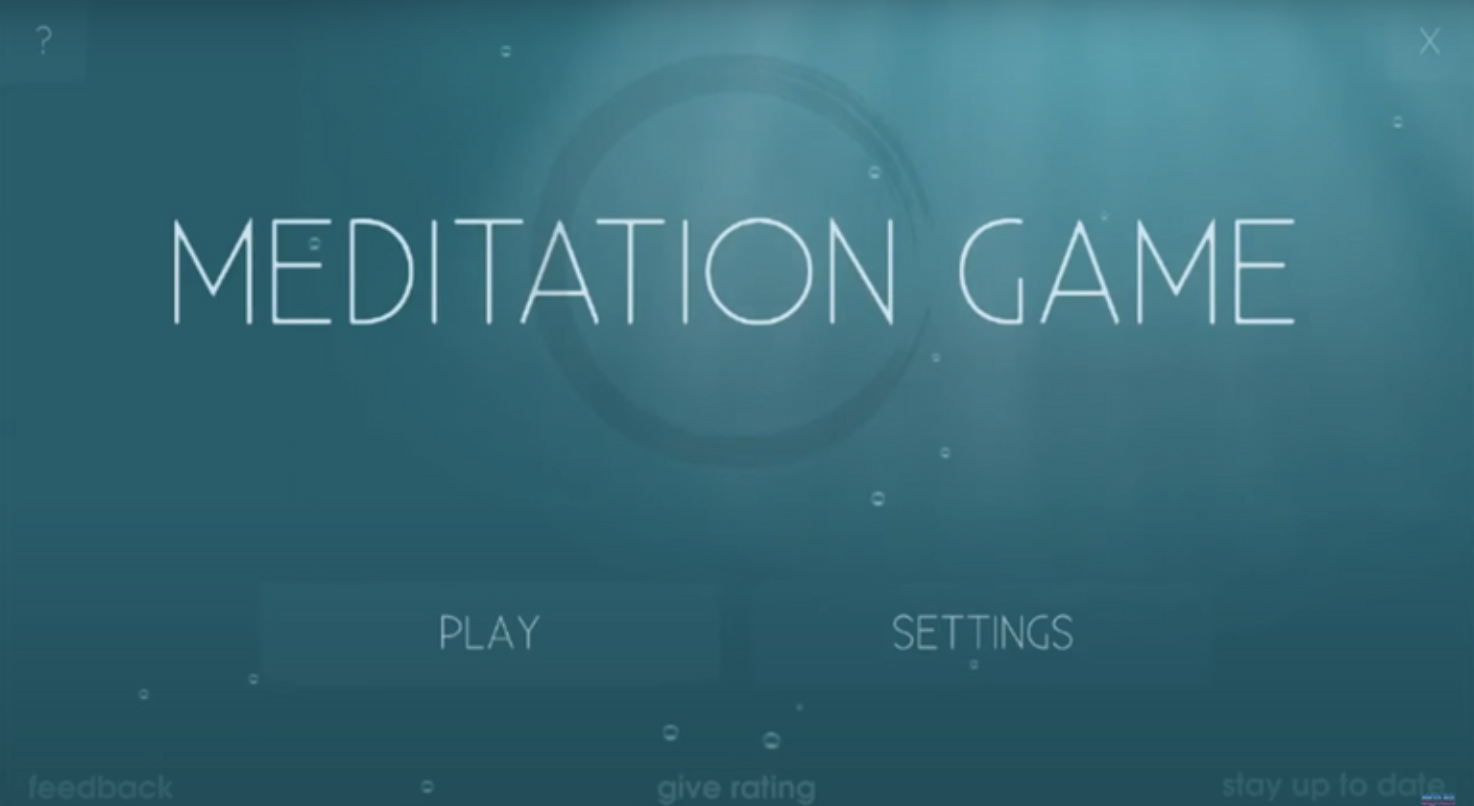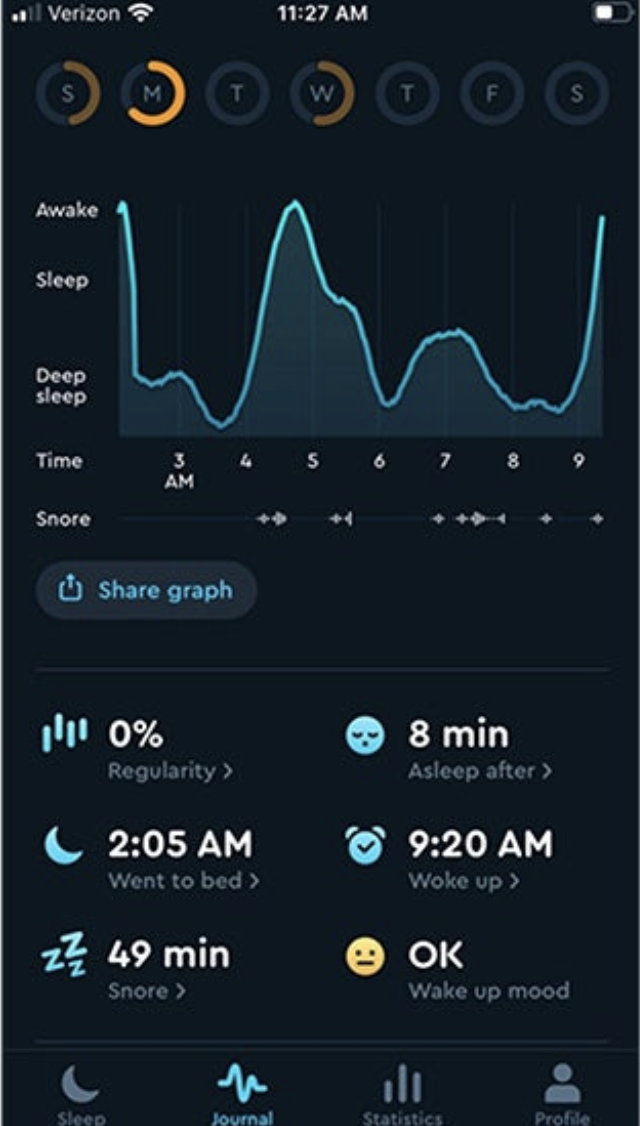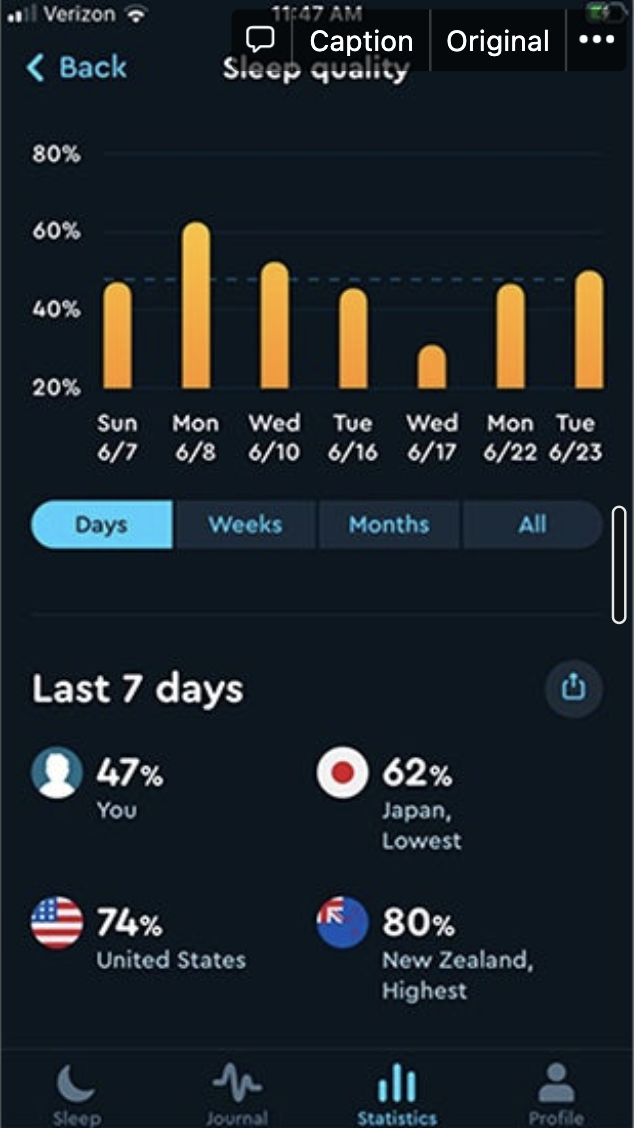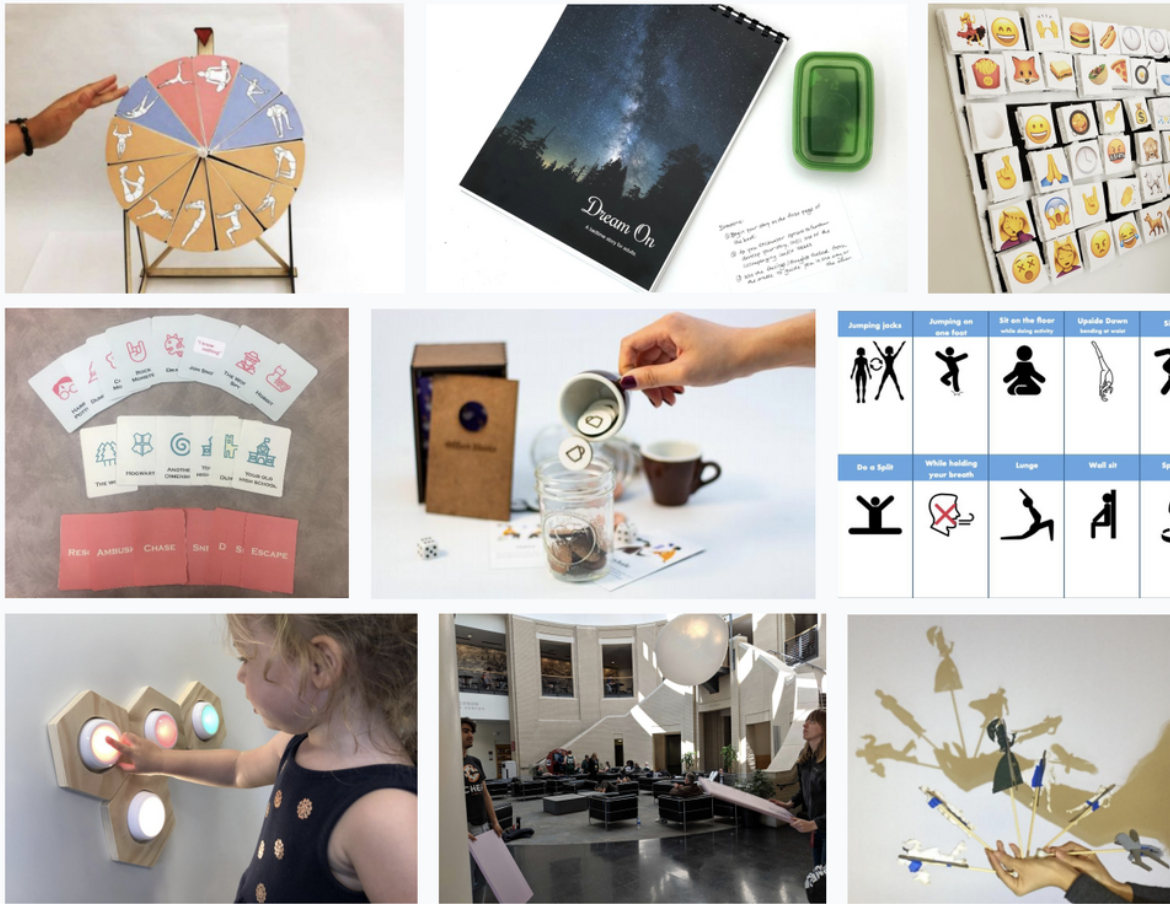Black Sun
What is "Sleep" in the metaverse?
What is Black Sun?
Why Sleep?
We usually don't consider sleep as an important behavior inside the digital world: in video games, sleeping is a functional behavior to restore health or past time; in online chats, sleeping means that we would exit the current app and turn off our devices to sleep in our bed in real life.
But with the ever-expanding functions and the size of the metaverse as well as the more advanced technologies, sleep is an experience worth designing for when building the metaverse.
What about sleep?
Sleep can be explored in multiple directions: sleep quality, sleepovers (or sleeping with someone else in general), dreams, etc.
What would sleep be like in the metaverse?
In short, sleep will still be the natural resting state of mind and body of the user.
The user wouldn't need to leave metaverse to sleep. The sleep takes place in the metaverse.
In the metaverse, sleep may happen when the user is alone in a virtual space, or when their avatar is with one or more others in the virtual room.
Before sleep occurs, multiple activities can take place:
- Individual activities like turning off lights, putting on white noise/ ambient music, or smelling lavender scent would assist in speeding up the falling asleep process and remaining in a sleeping state.
- Multi-user activities like pillow talks, bedtime stories/ lullabies or other more intimate activities would help people adapt to sleeping together and deepen bonds between sleepers.
Sleep will occur when the user feels the need to sleep, or if the user passively falls into the sleep state from exhaustion.
When sleep occurs, the user has a decreased ability to react to stimuli.
During sleep, people are likely to experience dream: a first-person, realistic at-the-time experience that tends to rapidly fade from memory after waking. Modern pop culture blurs the line between dreams and reality, claiming that dreams can be psychically invaded or manipulated.
Sleep ends when awakening happens.
Assisting in Sleeping
Most sleeping apps I found in the market are mediation games that you play before you sleep (ex. Meditation Game on phone/ pads); and sleep quality monitoring apps.
Meditation Game


This game uses calming background music, visuals, subtle controls and meditation instructions to place the user in a more peaceful state.
It lasts for 10 minutes for one session, if successful, the player would sleep after one session; if not, the user can choose to continue for another session.
Sleep Cycle


Sleep Cycle app monitors the sleeping quality of the sleeper, which would assist the sleeper in forming a healthier sleep routine in a long run.
Sleepy Games is a series of transformational games designed by a team from CMU HCII. It improves sleep quality for players through targeting context and time-specific barriers that arise for players throughout their days.

So far, the 15 prototyped sleepy games are all non-digitized and one of the team's future plans is to digitized the means for people to play.
The reason sleepy games are non-digitized is because many of these games include acting out a behavior that would facilitate in calming oneself (meditation yoga or turning off lights), which is impossible to perform on a digital screen; and access to digital screens before sleep is counterproductive for building a good quality sleep.
But metaverse technology allows behaviors that can't happen on a 2d screen take place in the virtual 3d world.
For example, in one of the games Lights Out, the player completes the bedtime routine and tap out the lights one by one as they finish every task. The act of turning off lights and dimming the surrounding environment is made possible in the metaverse with VR.
In one of the games Flow, players would stretch together while trying to balance a ball in between them. If taken place in a multi-user sleeping environment in the metaverse, the users can complete the game in their virtual avatars with a virtual yoga ball in between them.
A sleeping space, a dreaming space
Concluded from my research, I plan to build a space in metaverse that assist in creating a special sleeping experience.
The sleeping space is a place
- where people can sleep without leaving the metaverse
- where people can sleep alone, or with others
- that helps build good-quality sleeps
- that can assist in dreaming, or even externally control sleepers to dream of something in particular [Dormio: Interfacing with Dreams]
Upon a sleeping space, a dreaming space would also be introduced
The dreaming space is a place
that is created by users according to people's dream journals
where people can freely explore users' dreams
Current Look

